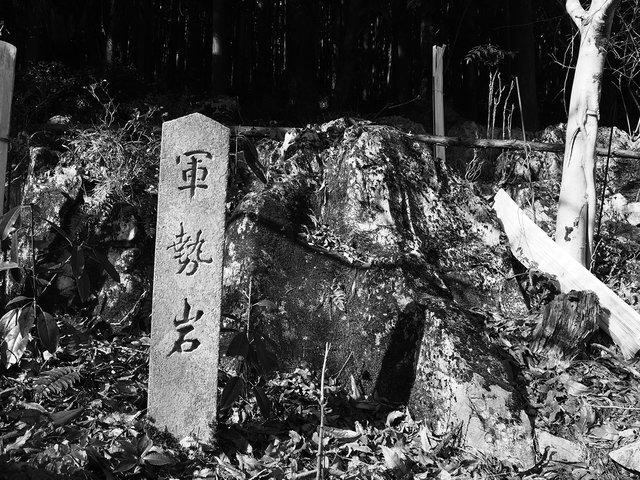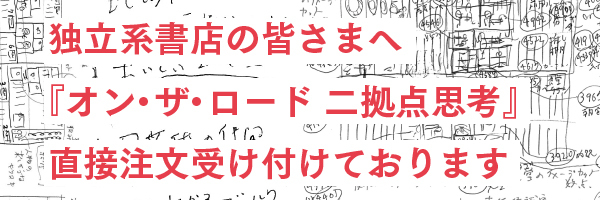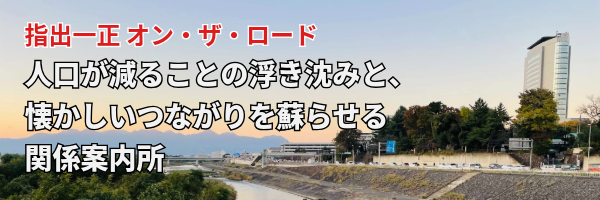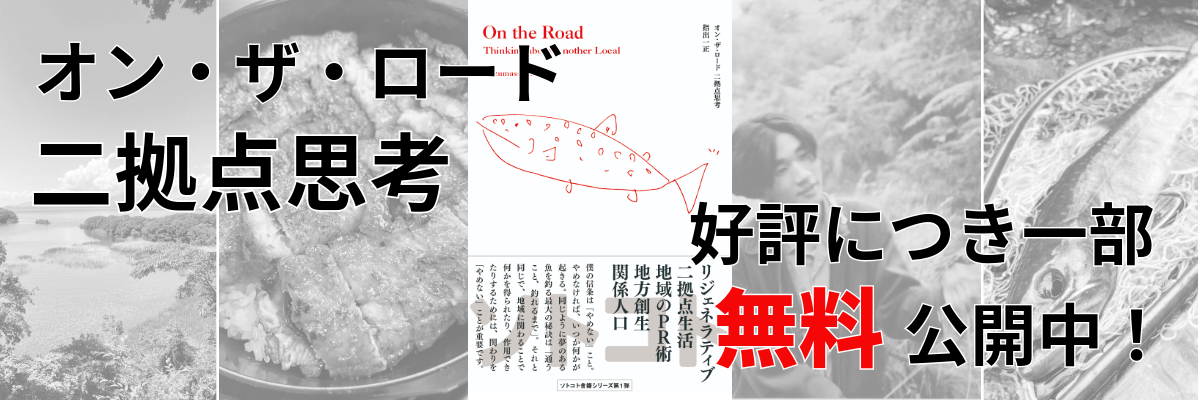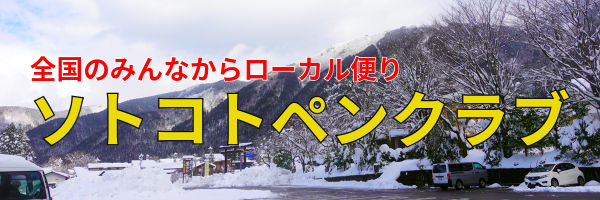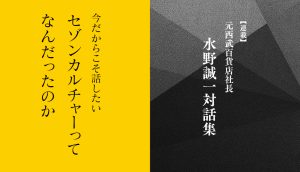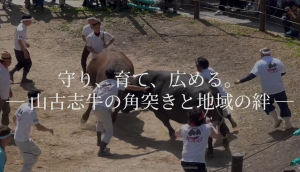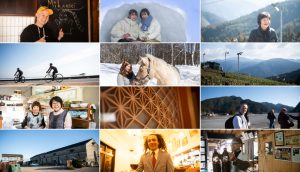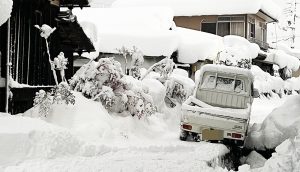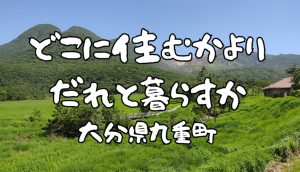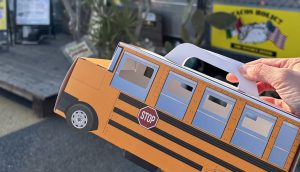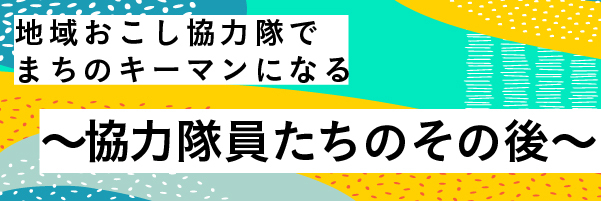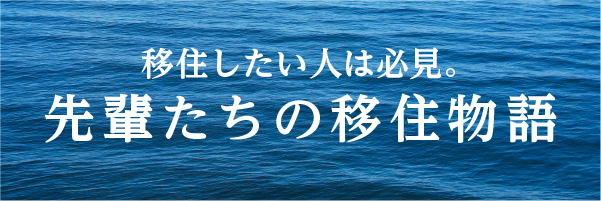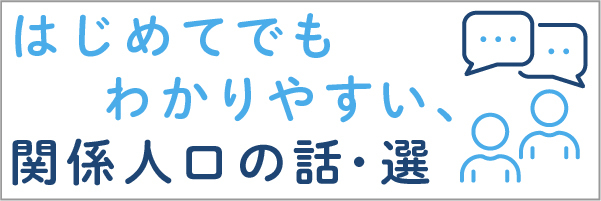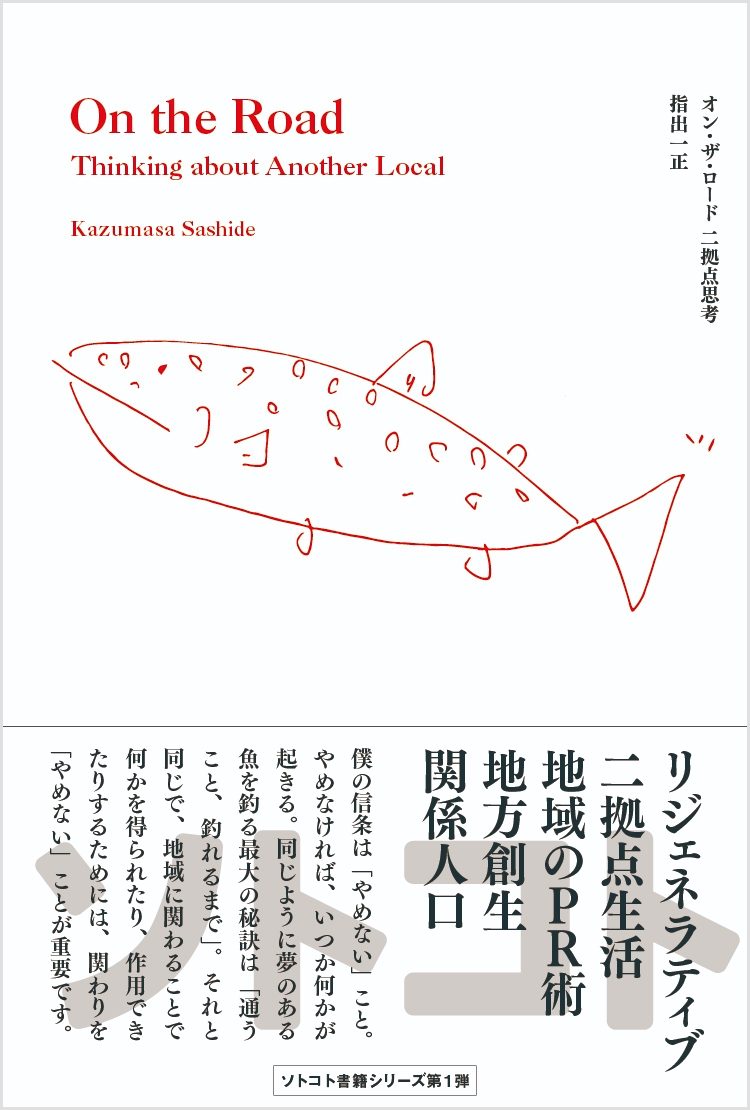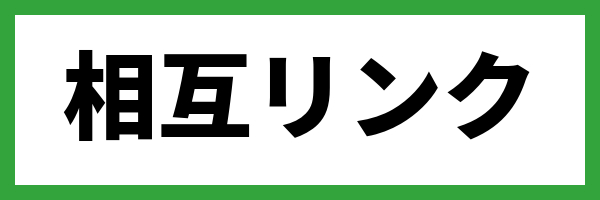僕は浦本政一さん(78歳)の軽トラックに乗り、柏木地区の上まで上った。落ち葉を踏みながら、二人で小さな道に入った。「ここは昔の熊野街道や」と浦本さんは言った。十数個の大小の岩に挟まれた道。山の上は大峰山へ続く杉林だった。山の上に立って、浦本さんは南北朝時代の言い伝えを優しく話してくれた。僕は次々に出てくる浦本さんの話を楽しみながら、永遠に続きそうな山を眺めていた。南朝方は京都から北朝方に追い出されて、この山々に入った。
浦本さんは対岸の山を指した。「金剛寺は向こうの山にある。杉林で隠れているから、もう見えないけど、昔ここからお寺が見えて、そこからここも見えた」。
浦本さんによると、南北朝時代のある日に雪が降り、金剛寺にいた南朝方の人はこの熊野街道のほうを見た。「この岩の上に雪が積もると、金剛寺から岩が陣笠(昔、陣中で下級武士が兜の代わりにかぶっていた笠)のように見えた。南朝方の人はそれを見て、『北朝方が攻めてきた!』と思った。だから、『軍勢岩』という名前がこの石碑に刻まれている」。僕らはその岩の真ん中に立っていた。
歴史資料の記録が少なく、地元の人に聞かないと分からない話だ。今は軍勢岩は落ち葉で覆われているが、これから雪が降るだろう。その時、苔だらけの岩がまた北朝方の陣笠に変身するかもしれない。
僕は浦本さんが教えてくれた道で金剛寺へ向かった。錆びた吊り橋にびびりながら吉野川を渡り、慌てて吠える猟犬の近くを離れ、神之谷地区へ上った。12月の中旬はもう寒くて、僕の鼻はだんだん赤くなった。僕は周りの杉林を見ながら、「昔、どんな木があったか」や「どんな道があったか」のような疑問に耽った。道路が山の中部まで続いたが、途中で分岐して、曲がりくねった下り道になった。正午過ぎに金剛寺に着いたら、僕はまず帽子を脱ぎ、参拝した。天気がよかったから、体を温めがてら、お寺をゆっくり見て回った。
1459年から毎年2月5日に金剛寺で行われている「朝拝式」はたくさんの人で混雑するが、その日、この大きなお寺にはほかに誰もいなかった。風で揺れる木の音しかなかった。
とても貴重な場所が身近にあると実感して、この時間を大切にしたいと思った。裸の木の枝越しに、僕は対岸の柏木地区を見下ろした。軍勢岩がどこにあったかがはっきり見えなかったが、浦本さんのお話を聞いてから、自分の目で金剛寺から柏木地区を眺めて、昔の伝説を垣間見たような気がする。
Vol.7 What You Can See From Over There
I hopped into 78-year-old Masaichi Uramoto’s light truck, and we climbed to the top of the Kashiwagi district. While stepping on fallen leaves, the two of us entered a small path. “This used to be the Kumano Road,” he said. The path was sandwiched between a dozen or so boulders, large and small. Above us was a cedar forest that continued to Mt. Omine. While standing up on the mountain, Mr. Uramoto kindly told me stories from the Nanbokucho Period. I enjoyed one story after another while gazing long at the endless mountains. The Southern Court was chased out of Kyoto by the Northern Court and came into these mountains.
Mr. Uramoto pointed to the mountain on the opposite side of the river. “Kongoji is on that mountain. Now we can’t see it because it’s hidden in the cedar forest, but a long time ago you could see it from here, people over there could see us here.”
According to him, on a snowy day during the Nanbokucho Period, people of the Southern Court were at Kongoji and happened to look over here at the Kumano Road. “When the snow gathered on top of these boulders, from Kongoji they looked like jingasa hats(umbrellas worn a long time ago by the lower members of an army instead of helmets). The people from the Southern Court saw this and thought, ‘The Northern Court soldiers are approaching!’. That’s why ‘gunzei-iwa’ (or ‘rushing soldier boulders’) is engraved in this statue.” We were standing right in the middle of those boulders.
With few recordings in historical documents, this is a story that you can only hear if you ask the locals. Now, the gunzei-iwa are covered in fallen leaves, but it will start snowing soon. When that happens, these moss-covered boulders might transform into Northern Court jingasa hats once again.
I followed the path that Mr. Uramoto told me all the way up to Kongoji. I nervously crossed the Yoshino River over the rusty suspension bridge, hurried away from the barks of hunting dogs, and climbed up to the Konotani district. Mid-December was already cold and my nose gradually reddened. While looking at the cedar forests around me, I absorbed myself in questions like “What kinds of trees were here a long time ago?,” or “What kind of roads were here?” The road continued up to the middle of the mountain, then forked partway, and became a winding downward slope. When I arrived at Kongoji just after noon, I first removed my hat and paid homage to the temple. There was a lot of sunshine, so I took my time looking around the temple while warming myself up.
Kongoji is crowded with people during the Southern Court Ceremony, which has been held every February 5th since 1459, but today there was no one else here at this large temple.
There was only the sound of trees swinging in the wind. It felt like such an invaluable place so nearby, and I wanted to appreciate my time there. Through the naked branches of a tree, I looked down onto the Kashiwagi district. I could not clearly see where the gunzei-iwa were, but after hearing Mr. Uramoto’s story and seeing the Kashiwagi district from Kongoji with my own eyes, I felt like I was able to catch a glimpse of an old legend.




